Students will acquire skills to become independent readers, writers, speakers, and listeners.
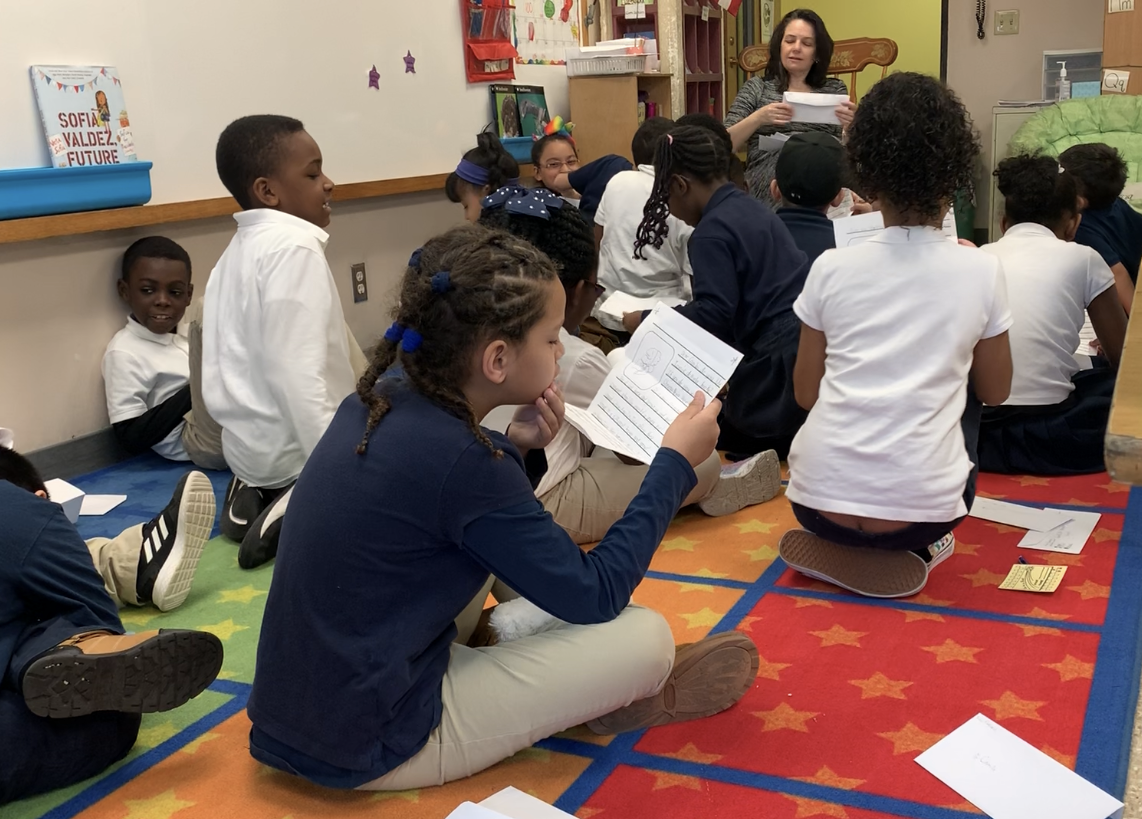
Camila, centered, is reading a letter about a book recommendation one of her classmates wrote to her. Jen is passing out other letters for students to read and respond to. Students got to read their favorite one out loud, practicing all four elements of literacy.
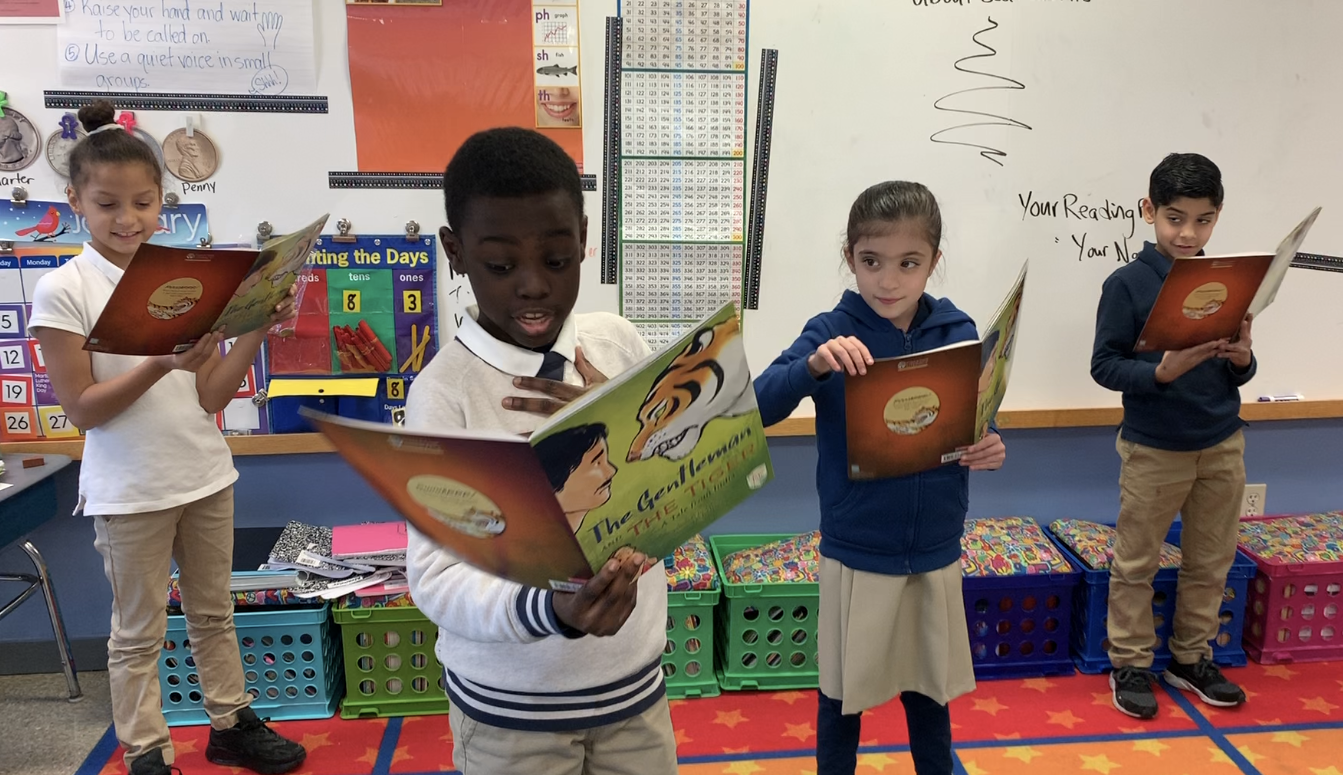
Four students from my Intervention group performing a Readerd Theater for the other half. Students read the tale, wrote about it, and then listened to each group read and perform the play version.
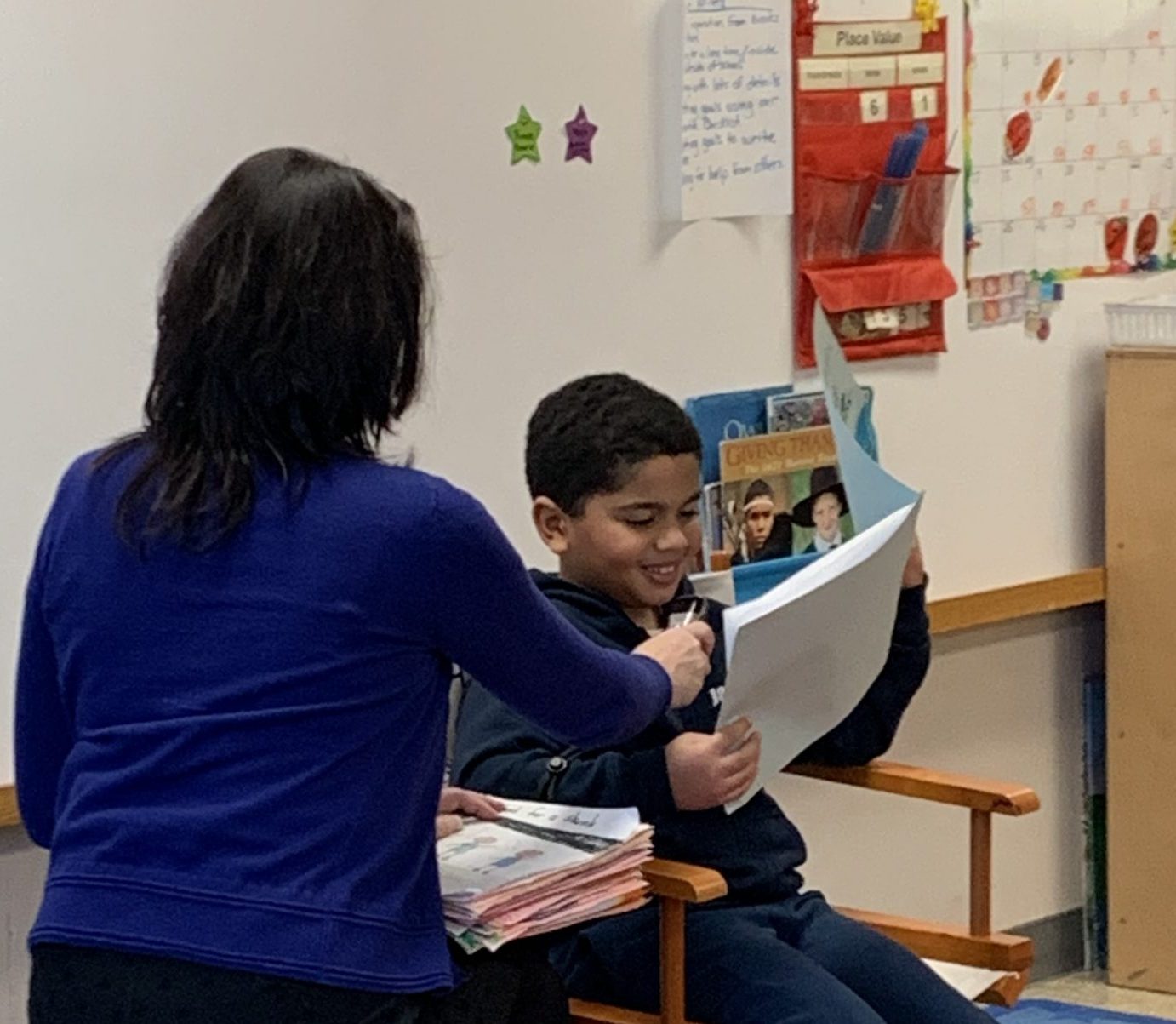
Nomar reading his very own narrative story about going swimming in a pool in the Dominican Republic last summer at our Authors’ Tea celebration. Nomar wrote the piece, read it out loud through a microphone, and listened to the other students’ stories too.
Students will work collaboratively and independently across all areas of the curriculum.
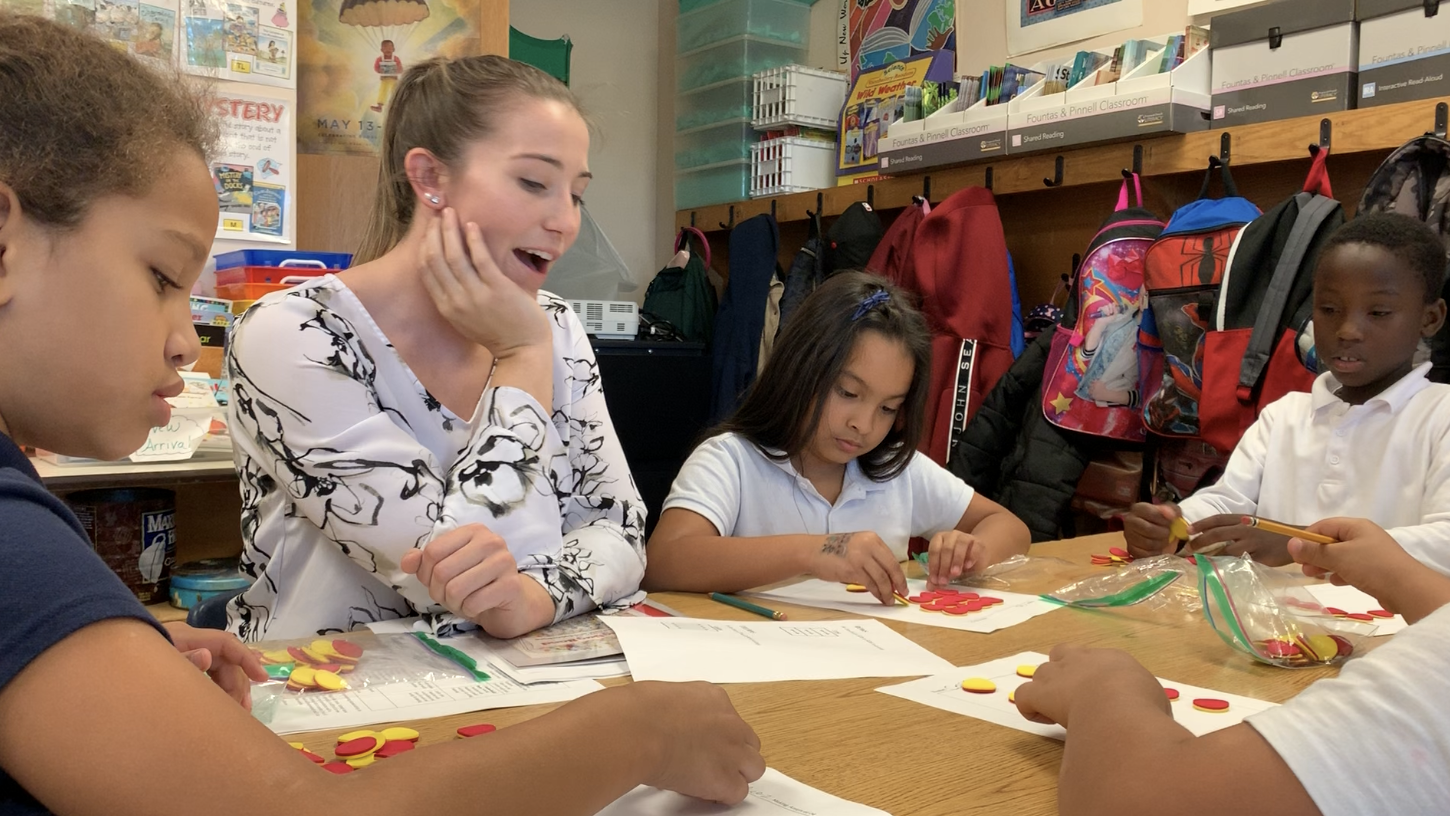
Students share ideas and support in small group math centers. They each make their own array of 24 counters while working through the problem together.
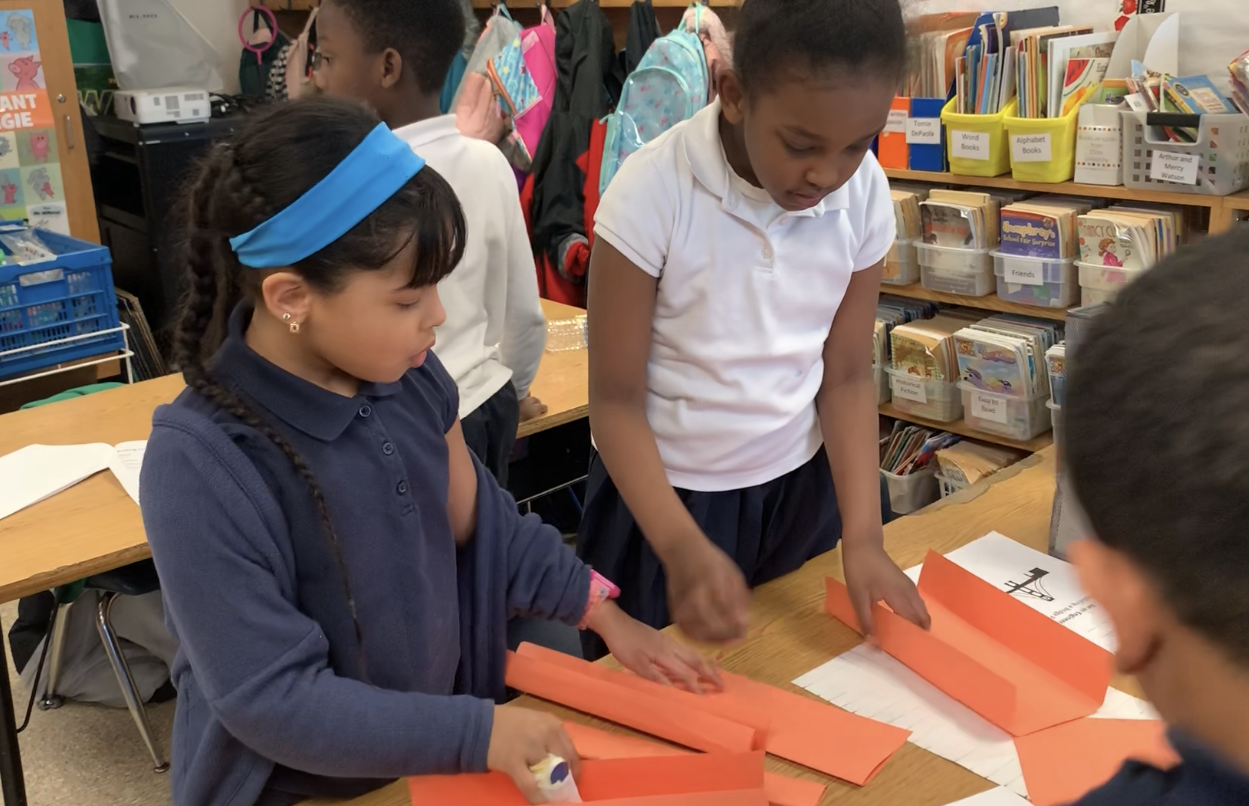
Another two students work together, after all one had just broken her finger, to construct four models representing different folding techniques to test for effectiveness.
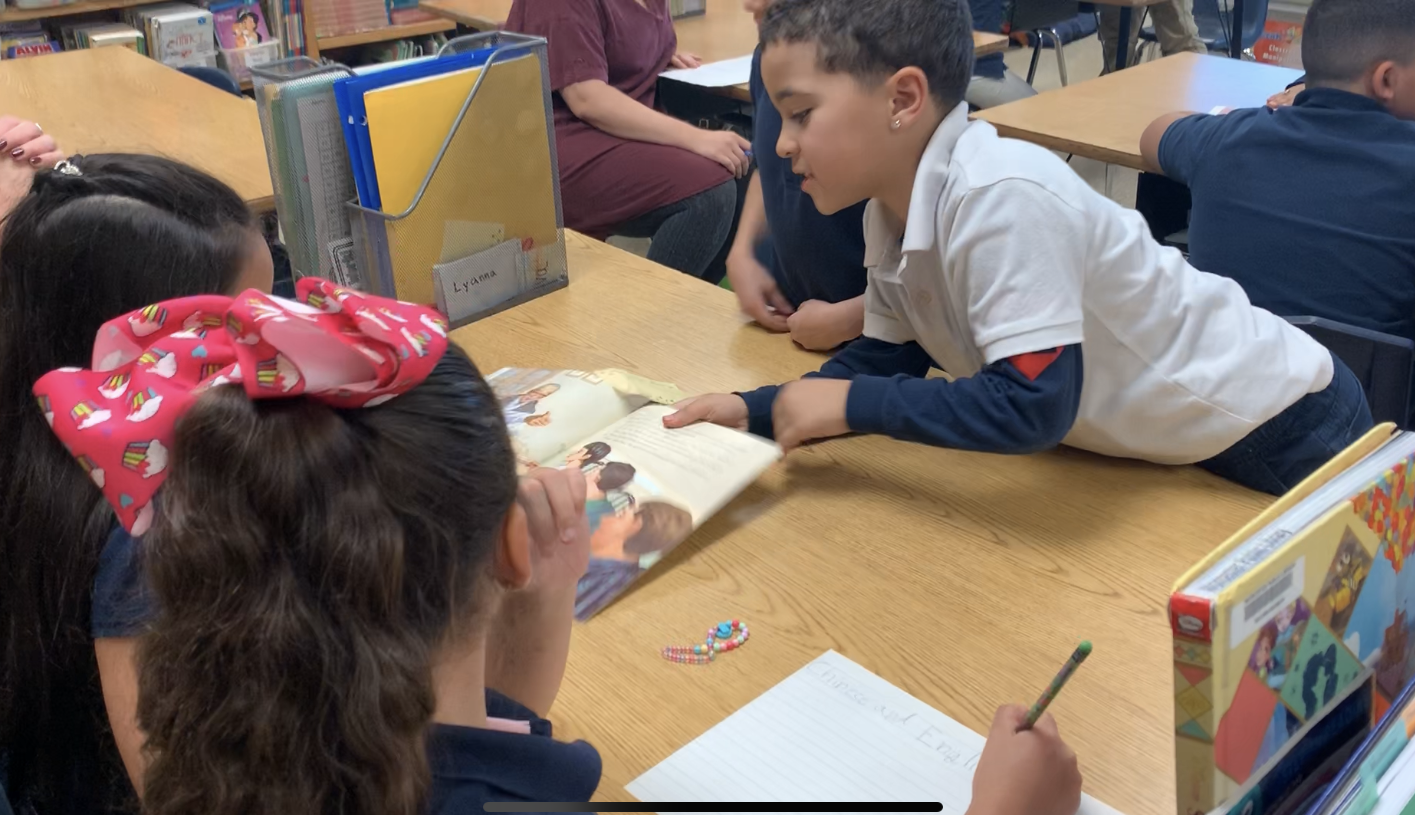
Students work together in groups to find elements of culture within familiar texts. They share one book and only have one person recording their ideas on paper to share out at the end. They must work as one to find as many examples as they can.
Students will engage with the curriculum in a meaningful and authentic way.
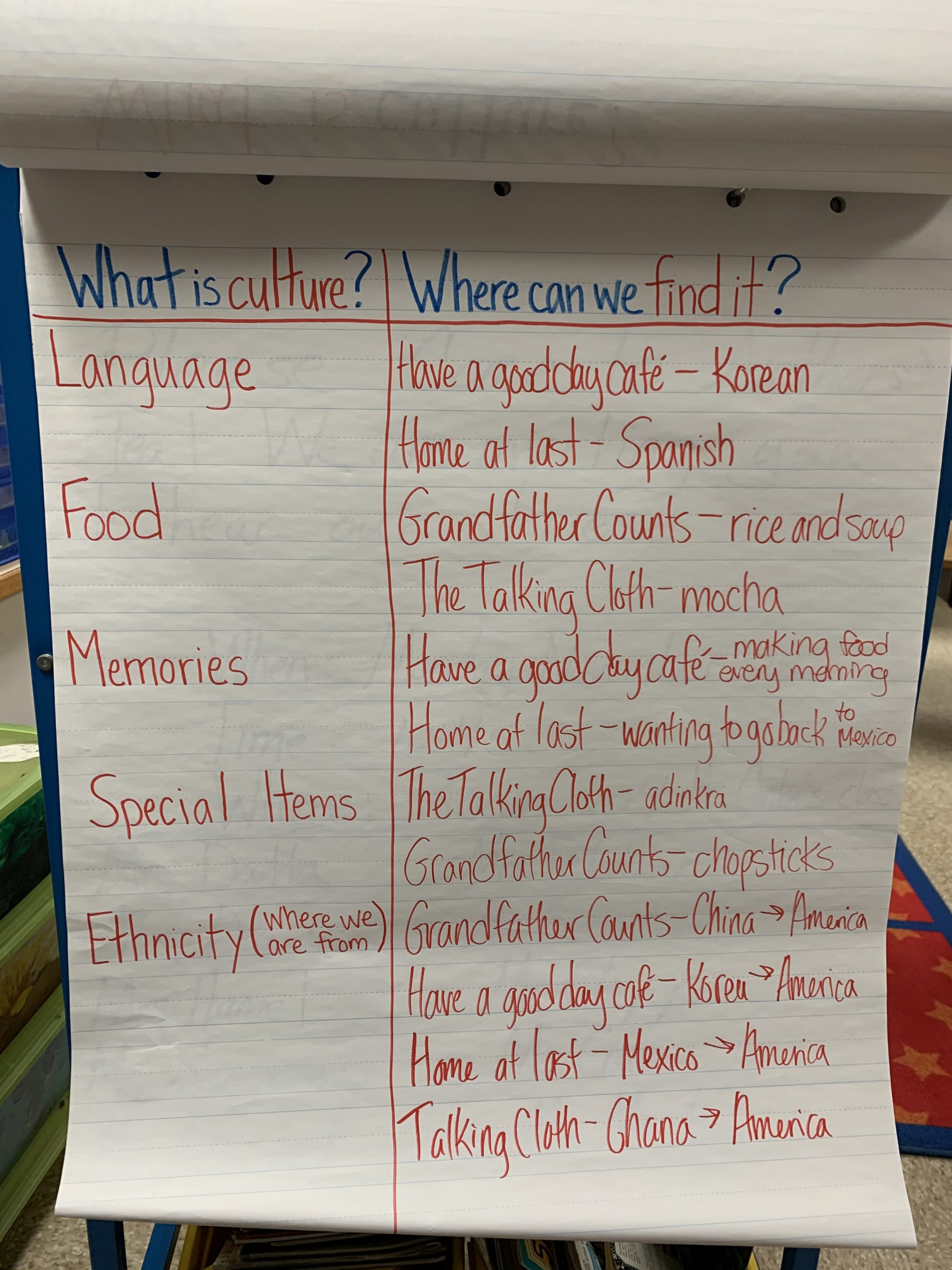
Students embody the principles and skills needed to become a researcher. They must look through literature, find evidence, record those findings, and share with their peers.
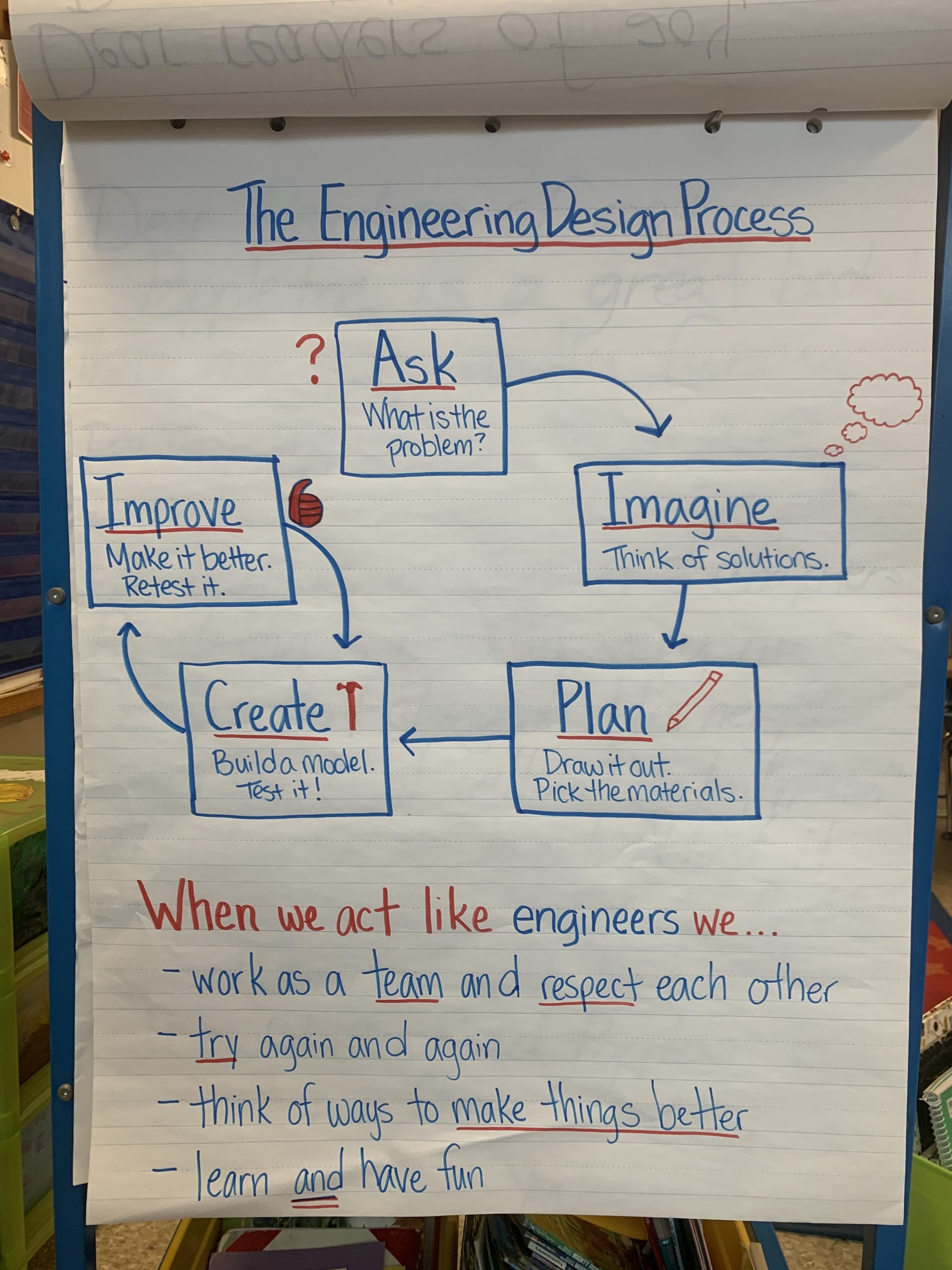
Students act as engineers by following the Engineering Design Process with their own projects as well as collaborating respectfully, persevering, and improving.
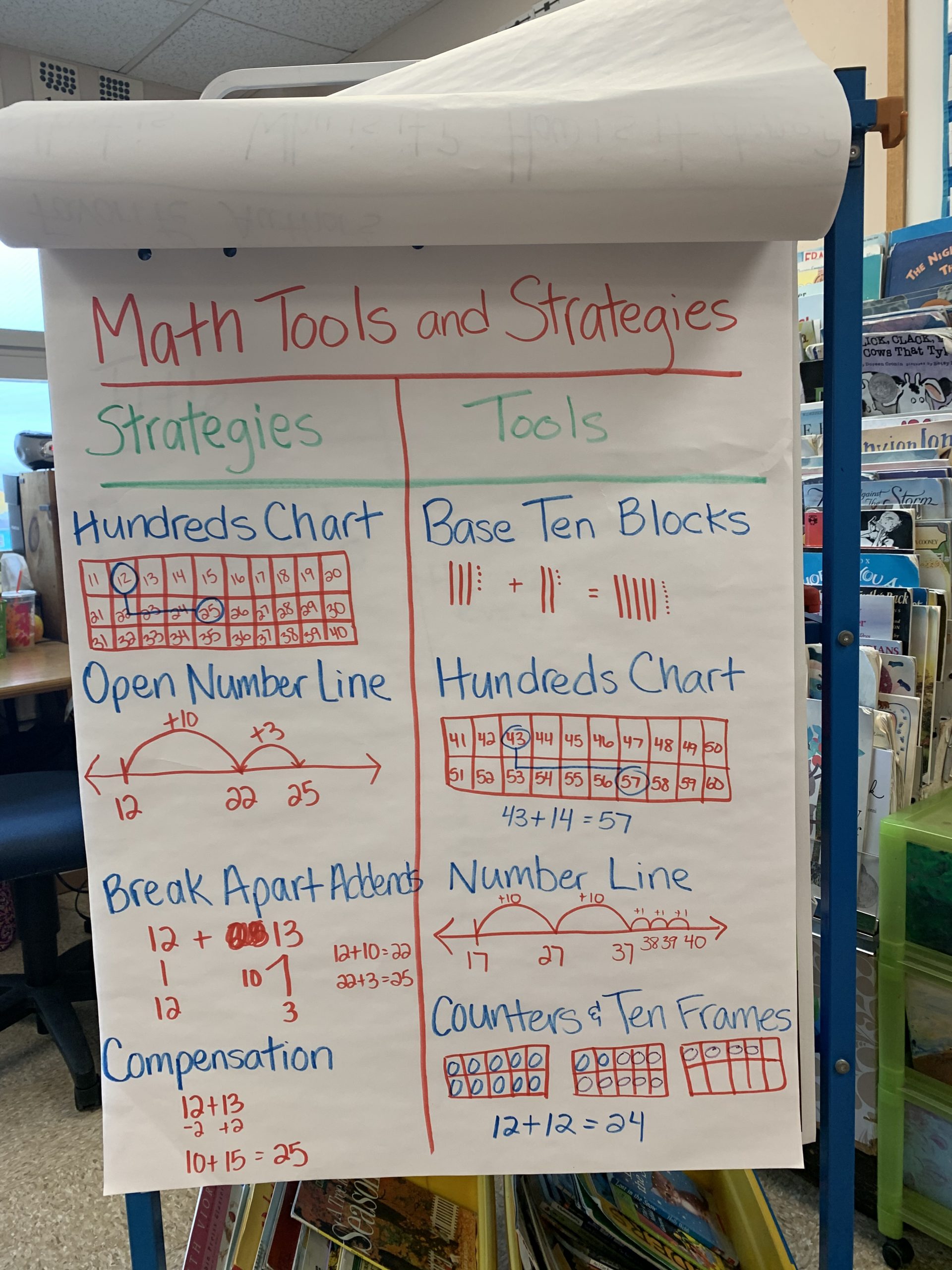
Students become mathematicians by being resourceful and using different tools and strategies to solve different problems. They persevere and try multiple different ideas to find a solution.
Students will make connections, both personal and across disciplines, to the curriculum.
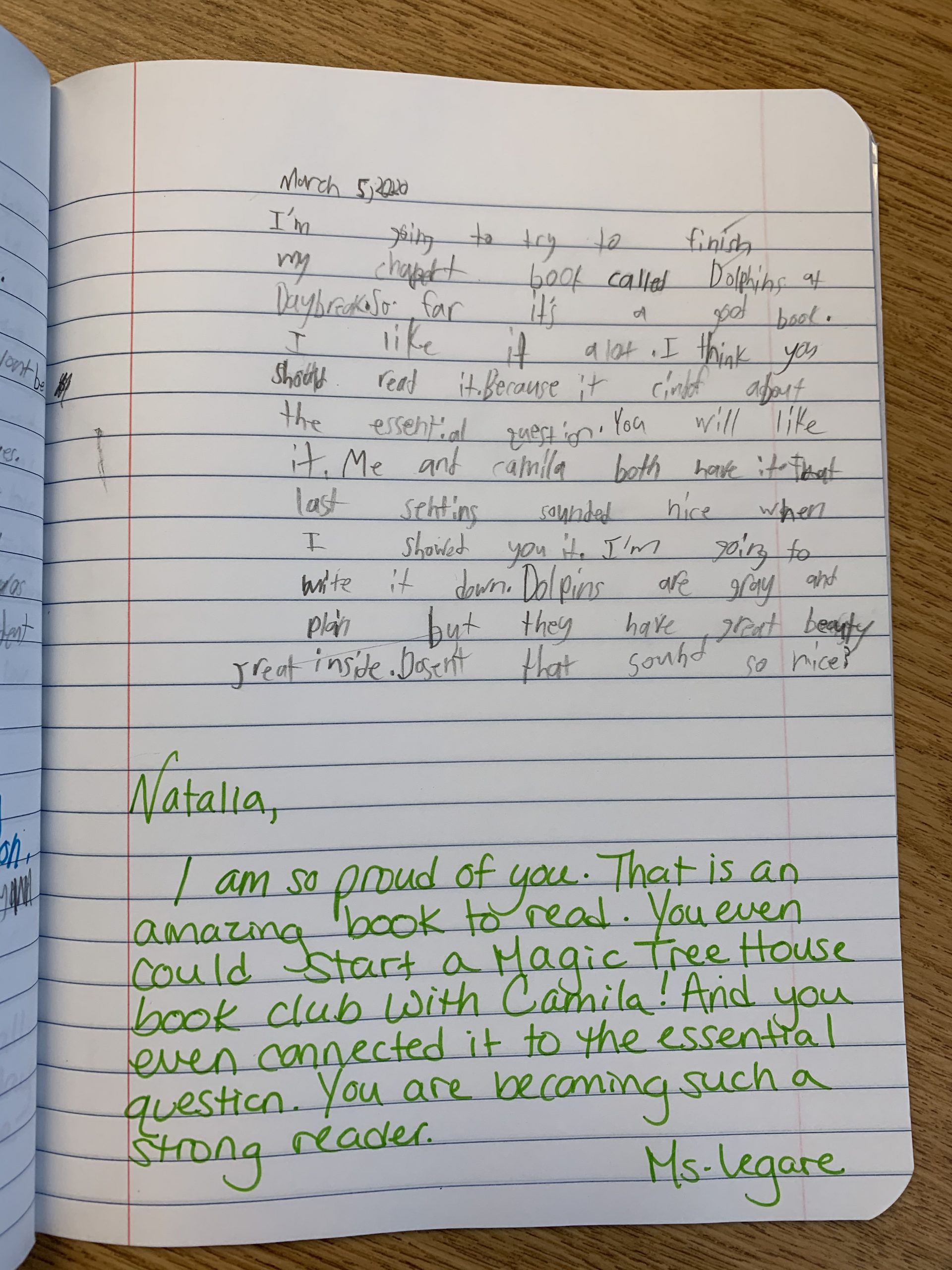
An entry in a conversation journal. Natalia wrote, “I’m going to finish my chapter book called Dolphins at Daybreak. So far its a good book. I like it a lot. I think you should read it because it is kind of about the essential question. You will like it. Me and Camila both have it. The last setting sounded nice when I showed you it. I’m going to write it down. Dolphins are gray and plain but they have great beauty great inside. Doesn’t that sound so nice?” Natalia connected the chapter book to our IRA text set essential question “What does it mean to fund beauty in the world around you?”
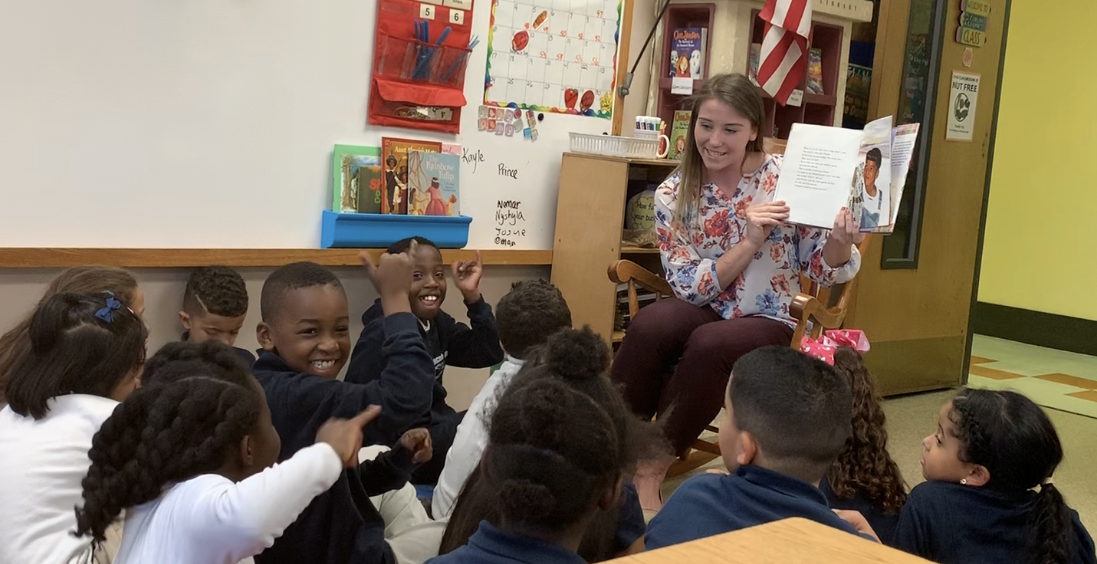
Three students with Ghanaian students smile and put their connections signs up during the read aloud of The Talking Cloth. When I read that the Adinkra cloth is from Ghana, they could enthusiastically but quietly show me that they were engaged with the story and thinking about how it relates to their own lives.